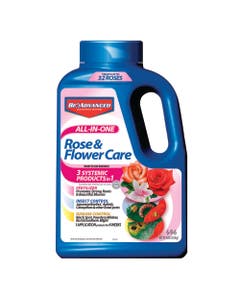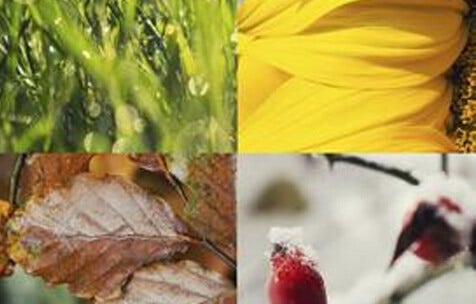

- Home
- Solution Center
- Learn
- Rose & Flower
- The Basics Of Saving Seeds
The Basics Of Saving Seeds
Saving seeds from plants in your garden is a simple yet important skill to learn. When you save seeds, you save money: Every seed saved is one less seed or plant to purchase in the future.
For vegetable crops, saving seeds from the most productive plants can result in plants that are more adapted to your garden's growing conditions. Locally-adapted plants produce better yields, so each seed you save is like a promise of future bumper crops.
Practice seed-saving basics with plants that offer easily harvested seeds.
What Seeds To Save
While it makes sense to save seeds from flowers and vegetables you normally grow from seed, make sure you're saving seeds from open-pollinated varieties. With open-pollinated plants, seeds produce plants resembling parent plants. Many heirloom plants are open pollinated.
Start your seed-saving training with plants that have easy-to-harvest seeds, like lettuce, beans, peas, Morning Glories, Four-O'Clocks, Scarlet Sage or Zinnias.
Other tips to know as you save seed:
- Seeds from hybrid plants don't produce plants similar to the parents. Check plant tags and seed packets to know if you're planting hybrids.
- Some plants readily cross-pollinate with other plants of the same type. This list includes corn, gourds, pumpkin and melon. To save seeds from these plants, grow only one variety each season.
- In cold regions, biennial plants need two growing seasons to produce seeds. In warm regions, fall-planted biennials bear seed the following spring. This list includes beets, cabbage and carrots.
- Saving seeds means that you'll have less harvest to eat and fewer flowers to pick, because you'll be letting plants produce seeds instead.
When To Save
Allow seeds to mature on plants before collecting. Clues for maturity include a hard seed coat and darkened color. Check plants daily when you're waiting for seeds to ripen.
For seeds contained in a pod, like Cardinal Climber or beans, let seedpods dry on plants and harvest individual pods as they dry. If freezing weather or heavy rains arrive as seedpods are ripening, gather pods for drying indoors.
How To Harvest
For many plants, it's easiest to collect entire seed heads or pods. Examples include Zinnias, Scarlet Sage, lettuce and broccoli. Plants like Four-O'Clocks or onions produce seeds that are easily gathered individually, since they are already separated from surrounding plant parts.
Separate Seeds From Chaff
Retrieve seeds from the flower head, husk or pod. Often you can do this by rolling the seed head between your hands over a piece of paper. For all but the smallest seeds, use a three-speed fan to blow chaff away.
An alternative method is to build a hand screen by attaching metal screen to a wooden frame. The wire gauge of the screen should permit seeds to pass through. To use, break seed heads apart over the screen, and shake the screen over a large piece of paper. Collect seeds.
Dry Seeds
To dry seeds, spread them on newspaper, paper plates or a screen in a cool, dry place. Dry seeds as quickly as possible to preserve best germination rates. Drying time varies depending on humidity, but most seeds dry in 5-7 days.
How do you know if seeds are dry enough?
- Dry seeds should be brittle and hard.
- A properly dried seed won't bend when you try to break it in half – it snaps in two.
- Dry beans won't give when you bite them.
How To Store
Moisture and warmth spur seed germination, so storage conditions should eliminate these factors. Store seeds in paper envelopes, glass jars or plastic bags. Glass is the best choice, since it excludes moisture.
Ideal storage conditions are cool and dry: less than 50ºF with relative humidity less than 50%. Some gardeners add silica gel to seed storage containers to help absorb moisture. If adding silica gel to sealed jars, remove the gel after one week.
For every 10 degrees that storage temperature decreases, seed longevity doubles. Store valuable seeds in glass canning jars in the freezer. Bring jars to room temperature before opening to prevent condensation from forming on seeds.













